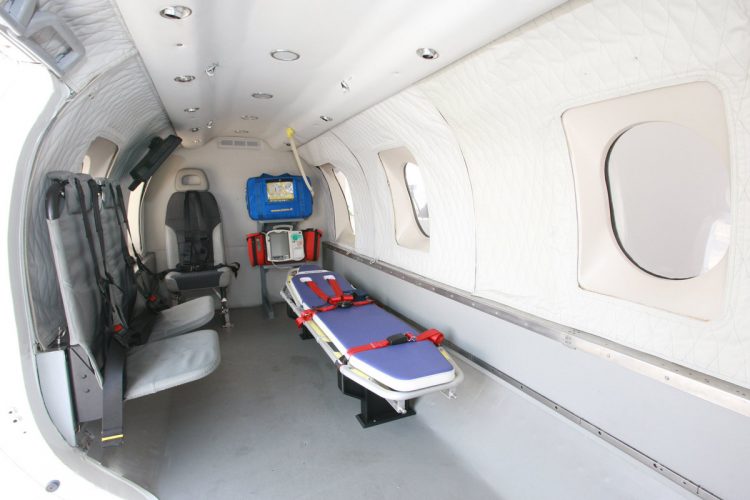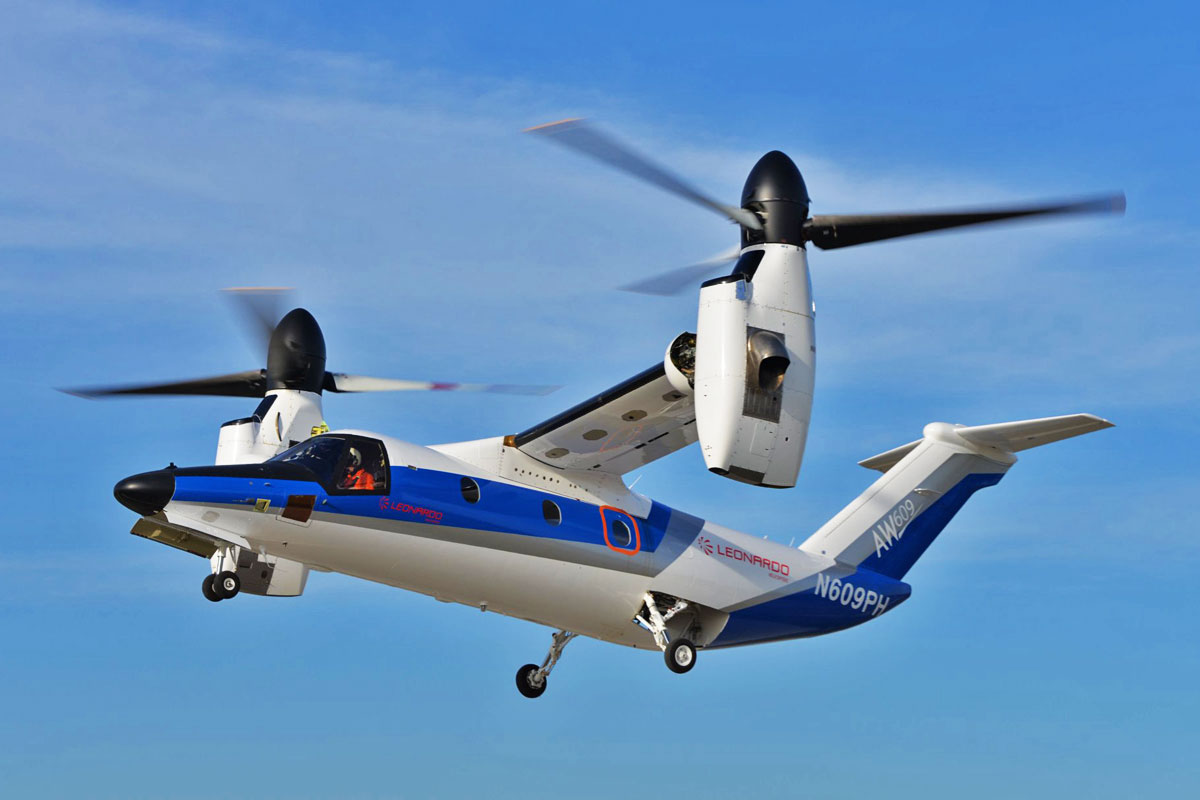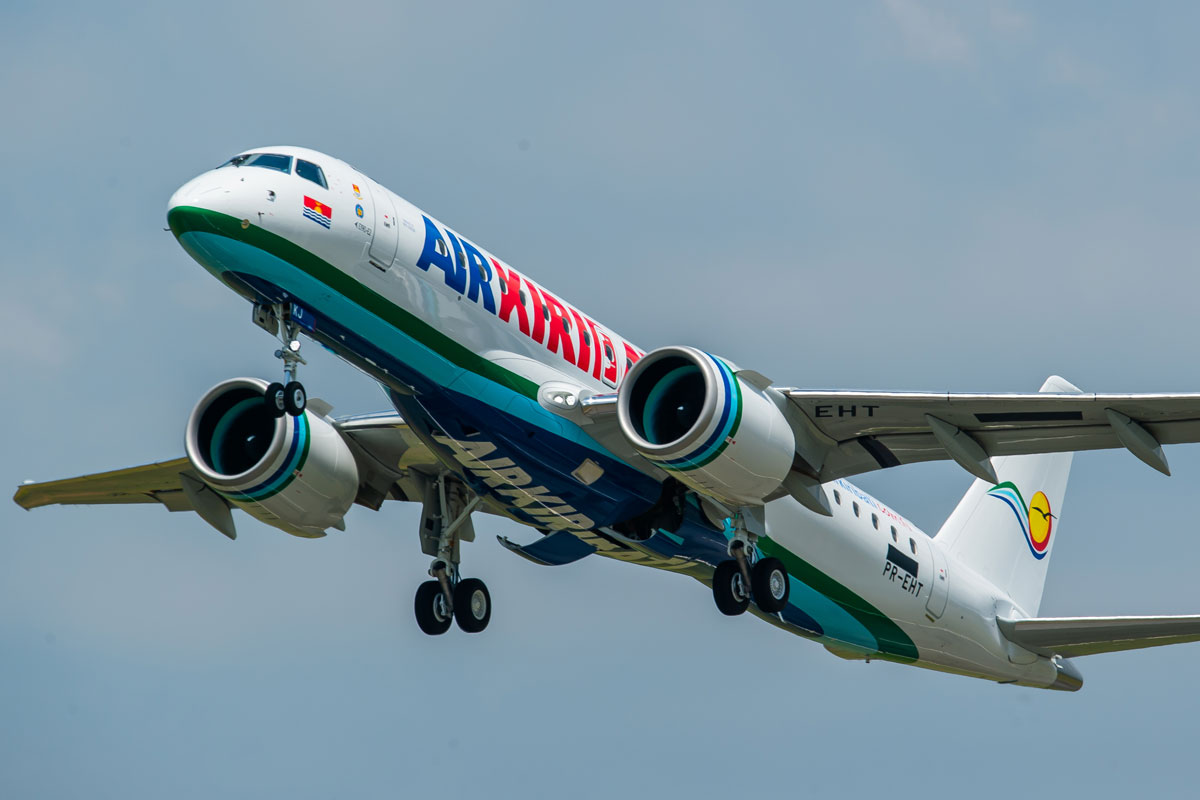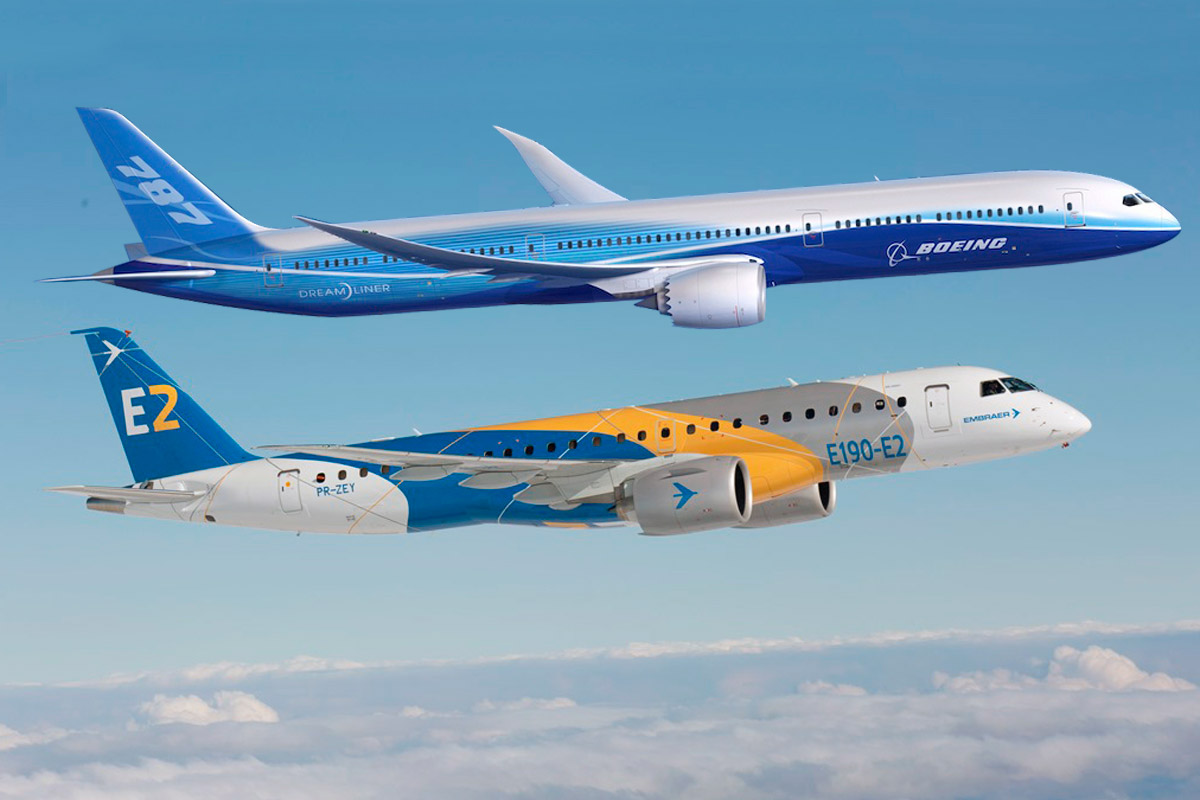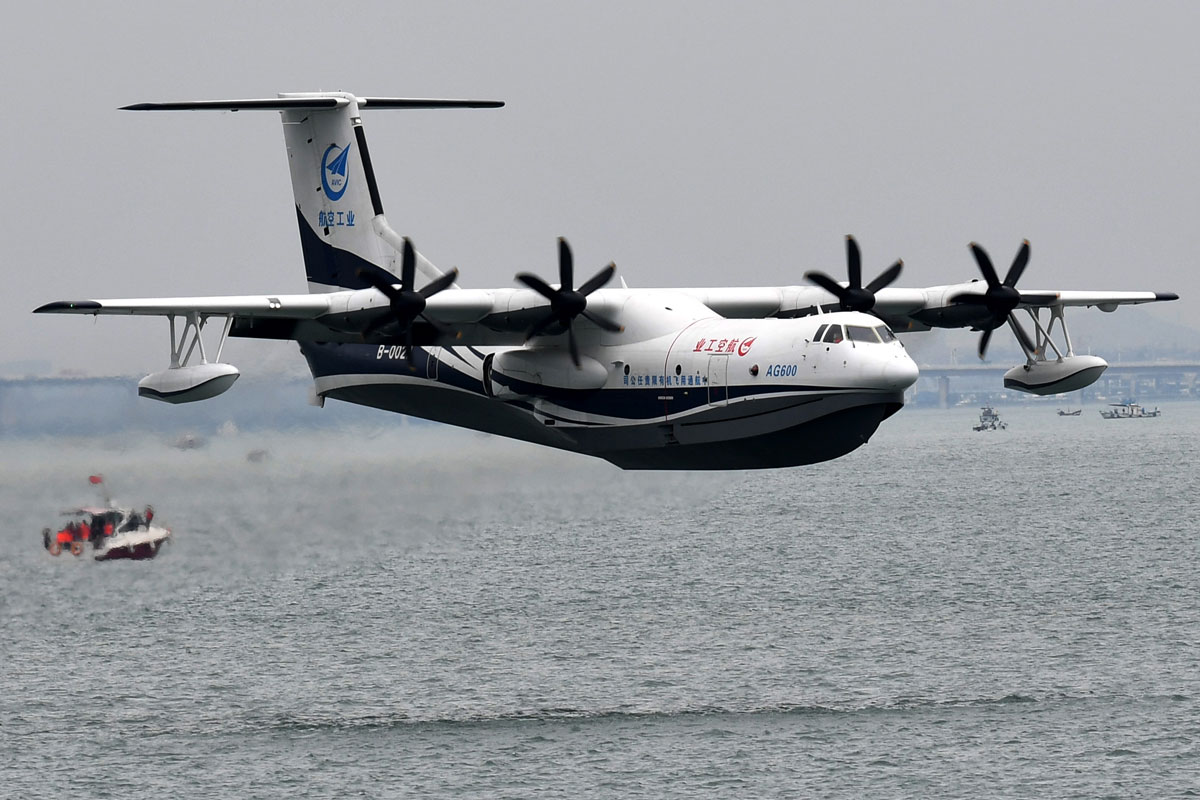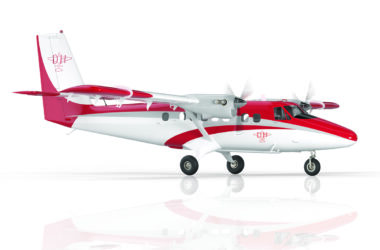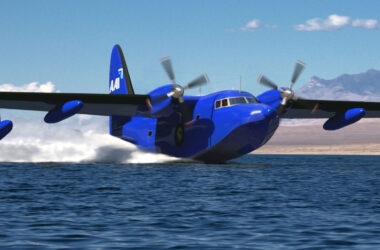Italian aerospace company Leornardo celebrated last week’s maiden flight of the 4th prototype of the AW609, the world’s first civil tilt-rotor aircraft. The aircraft features new production configuration that includes touch-sensitive displays.
The AW609 is now entering the final phase of testing that will lead to certification of the model by the FAA, the US civil aviation agency, which has prepared a new category for this type of aircraft, called “Powered Lift”.
It is precisely the lack of criteria that contributed to the delay in certify the AW609, combined with development problems such as the crash with one of the prototypes. To date only one tilt-rotor flies regularly, the V-22 Osprey, manufactured by Bell and Boeing and used by the US military.
This will make the AW609 the first tilt-rotor to start operating in civil aviation whose pioneering is costing Leonardo dearly.
“The aircraft performed beautifully, thanks to all the rig and ground testing and the work done by our amazing engineering and production teams. The new touch-screen cockpit layout really provided its value and the aircraft exceeded all of our expectations, “said Leonardo test pilot Dan Wells.
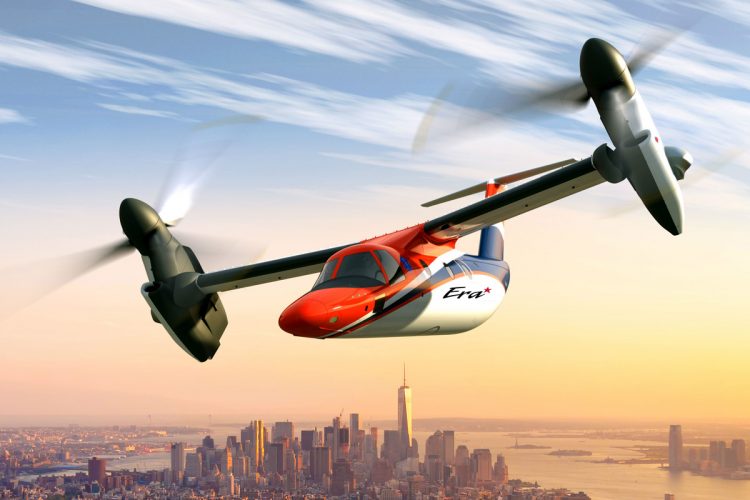
Over two decades in development
Although Italian, Leonardo focused on developing the AW609 at its Philadelphia-based unit in the US, the largest potential market for the model. The first two production aircraft are on the assembly line and are due to be delivered to the ERA group which will use them in various functions.
Leonardo has great hope in the AW609, which is able to deliver superior performance to a helicopter. Taking off with its two vertical engines, the aircraft can operate in heliports and, by rotating them to the horizontal position, fly at speeds of up to 510 km / h at distances of over 2,000 km with nine passengers on board.
Possible applications include oil rig operation, rescue and rescue, ambulance and the corporate market.
Interestingly, the original tilt-rotor project was started in 1996 by Bell and Boeing after the Osprey. Later, Agusta (now part of Leonardo) took over from Boeing and in 2003 the first prototype flew.
In 2011, however, Bell left the program, which followed only the Italians, already associated with Westland, which eventually joined the group. In 2015, following the crash of the second AW609, the project had to be revised and just two years later the flights resumed. It seems that the tilt-rotor epic is coming to an end.
